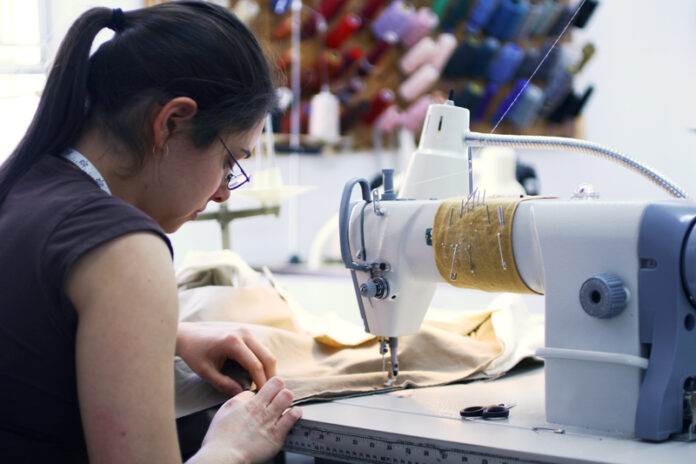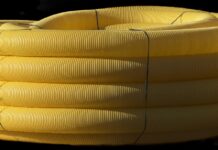
Every successful clothing manufacturer understands that quality starts with the right equipment. From pattern cutting to finishing touches, each stage of production demands precision and consistency. Among the variety of machines used in sewing rooms, lockstitch models remain one of the most important. They produce a clean, strong seam that works well on everything from lightweight shirts to heavy denim.
A lockstitch is created when the top and bottom threads interlock between fabric layers, forming a secure stitch that won’t easily unravel. Unlike chainstitch, it resists stretching, making it perfect for areas that need stability, such as collars, cuffs, and waistbands. This level of durability is crucial when garments are intended for long-term wear.
Why Industrial Models Stand Out
For factories and workshops working with high production volumes, domestic equipment simply can’t keep up. That’s where industrial lockstitch sewing machines excel, offering a combination of speed, durability, and adaptability. Built with powerful motors, heavy-duty components, and extended work areas, these machines operate at higher speeds without sacrificing stitch accuracy.
Another advantage is their flexibility. Many industrial lockstitch models allow for different presser feet, stitch lengths, and specialized attachments, making them suitable for a wide range of fabrics. From fine silk to thick canvas, the right adjustments ensure perfect seams every time.
Durability is also a defining factor. Industrial machines are designed for continuous operation over long shifts, often running for years with minimal issues when properly maintained. This reliability helps avoid costly downtime and keeps production schedules on track.
Choosing the Right Machine for Your Needs
Before investing in a lockstitch machine, consider your production goals, fabric types, and the skill level of your operators. Some models are specialized for light to medium fabrics, while others handle heavy-duty materials with ease. Speed, noise levels, and maintenance requirements should also factor into your decision.
In addition, think about the availability of spare parts and technical support. Choosing a widely recognized brand often ensures better access to replacement components and experienced technicians. This not only reduces repair times but also prolongs the overall lifespan of the machine.
By prioritizing quality, efficiency, and adaptability from the start, you can build a production process that consistently delivers garments meeting the highest standards.
Find a Home-Based Business to Start-Up >>> Hundreds of Business Listings.













































